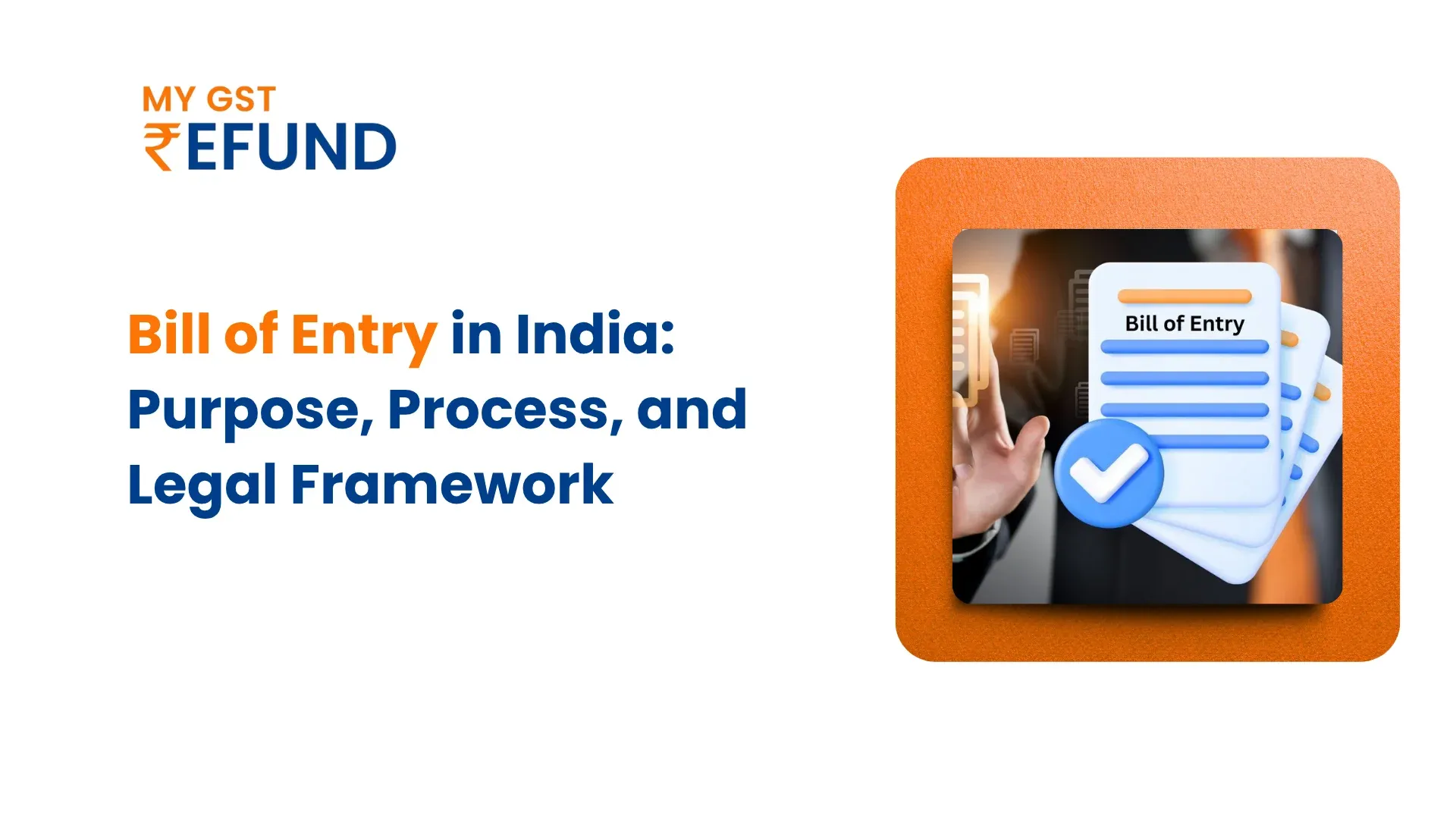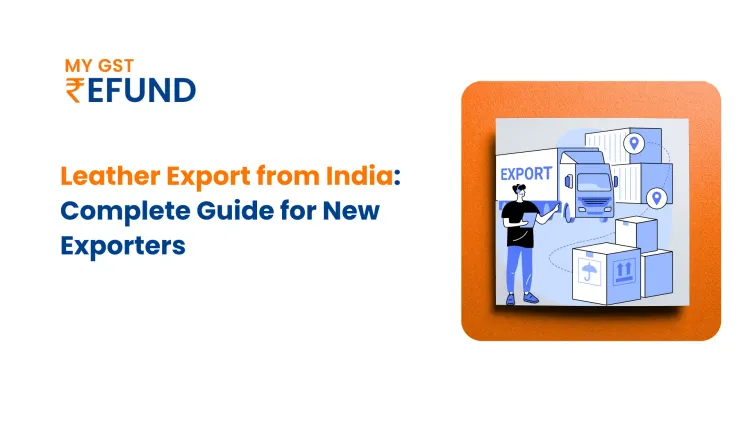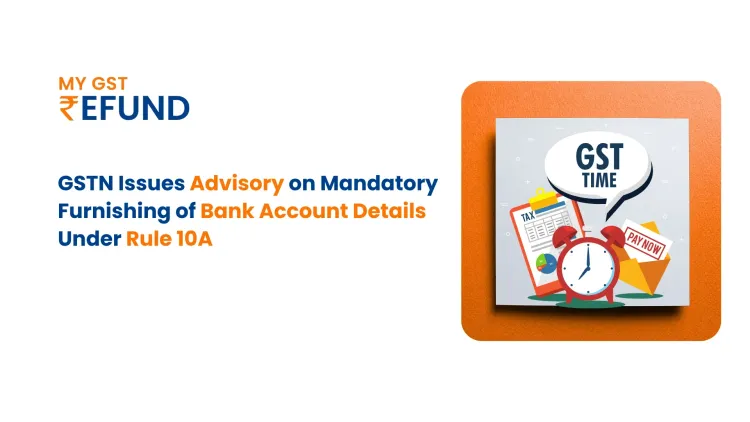Bill of Entry in India: Purpose, Process, and Legal Framework
A Bill of Entry (BoE) is a very important document as per Indian customs law. It acts as a declaration to the Customs regarding the importation of goods into India. It is necessary for clearing the goods with Customs and has been used to give detailed information regarding the goods being imported, including the classification, value, and quantity.
Customs provides the Bill of Entry, which is useful in determining the duties and taxes to be levied on the goods and also to make sure that the imported commodity complies with the provisions of the law and regulations.
Purpose and Importance of the Bill of Entry:
Customs Clearance:
The most significant document needed in the clearance of the imported material through the Customs is the Bill of Entry. The Customs authorities may not release goods without a Bill of Entry, and without a Bill of Entry, goods may not enter the domestic market.
Customs Duty Evaluation:
An appraisal is made via the Bill of the Customs duties (applicable duties like Basic Customs Duty, Integrated Goods and Services Tax (IGST), Cess, etc.) depending upon the classification, value, as well as origin of goods.
It assists in calculating the duty liability of the importer and any exemptions and deductions that could be applied.
Obeying the Import Regulations:
Bill of Entry is a statement by the importer that the importer is supposed to be in accordance with the Indian Customs, Foreign Trade Policy, and standards. It allows giving the details of the goods, their classification, value, and origin that could be verified by the Customs against other documents, including the invoice, packing list, and import license.
Record of import:
A Bill of Entry is a document of the imported commodity. The movement of goods is tracked using it, so the import statistics and the monitoring of trade are done properly. It is essential in the context of export transactions where one will be claiming Export Finance or a refund, such as Input Tax Credit (ITC) on the basis of customs documents.
Key Components of the Bill of Entry:
Importer Information:
- Name and address of the importer.
- Import Export Code (IEC) number (all importers and exporters must have this number, which is necessary as per the Foreign Trade Policy).
- The names of the importer, as well as their contact information and registration.
Goods Description:
- It includes a closer description of the imported goods, the code of the Harmonized System of Nomenclature (HSN) of goods.
- The number, the unit of measurement in which it is measured (kg, liters), and the price of the goods.
Country of origin, country of export (where possible).
Invoice Information and Value Information:
- Invoice number and date when the sale was made.
- The value of the goods on the basis of transactions (CIF value, which includes Cost, Insurance, and Freight).
- The price of goods and any other possible mark-ups (such as packing costs, handling costs) that would feature in the calculation of customs valuation.
Customs Classification:
- Indian Customs Tariff under which the classification of the goods entails the determination of duties and taxes.
- This is pegged on the HSN code that gives a uniform means of classifying goods on the account of customs purposes.
Port of entry:
- The port of arrival from where the good is delivered, i.e., Mumbai port, Chennai port, Delhi airport.
Mode of transport: - The transport mode (seal, air, rail, or road transport).
Details of Customs Duty:
The requirements for the duties and the taxes that apply to them:
- Basic Customs Duty (BCD).
- Integrated Goods and Services Tax (IGST).
- Cess or such like levies.
- Exemptions or special provisions (such as Free Trade Agreement benefits or Duty Drawback).
Consolidated Charges:
- Information on other charges, e.g., handling fees, demurrage fees, and clearing fees.
Importer’s Declaration:
- The importer declares that the supplied information is true and the imports are specifically imported in accordance with all the laws, namely, safety, quality, and health acts.
Types of Bills of Entry:
1. Bill of Home Consumption:
This is the simple Types of Bills of Entry form of Bill of Entry (BoE) and is applied in case the goods meant to be imported are to be released for domestic consumption in India. The goods are imported into the domestic market, and the Customs duties are levied respectively.
This kind of BoE is applied to non-re-exported goods.
2. Bill of Entry for Warehousing:
These types of Bills of Entry are applied when goods have to be put in the Customs bonded warehouse until they are cleared to be consumed at home or re-exported.
The goods are stored in the warehouse, and until the clearance of goods in the warehouse, the importer can avoid paying the duty.
It applies to importers who have to pay the customs duty later or when there is additional processing of an item prior to importation into India.
3. Bill of entry export:
This is the Types Bill of Entry, which is utilised in the re-exportation of goods in India. It is submitted that where goods that had been imported into India are now being exported to some other country.
Such a Bill of Entry is of the essence in the claim of duty drawback (a refund on duties already paid on imported goods).
Procedure for Filing a Bill of Entry
Electronic Filing (through ICEGATE Portal):
- The Bill of Entry is normally e-filed with the customs through the ICEGATE (Indian Customs Electronic Gateway) portal. This is an online platform implemented by the Customs Department to ease the process of trading and ushering goods.
- Filing of the Bill of Entry is done by the importer or the Customs broker, providing the information online and with other documents required.
- ICEGATE allows you to even access your Bill of Entry Status.
Required Documents
Invoice: A Commercial invoice that is given by the exporter.
Packing List: Information on the quantity of goods and packing.
Bill of Lading/Airway Bill: Proof of the transportation.
Import License (in case of necessity).
Country of Origin Certificate (COC: in case there is any).
Documents (any other that may be identified in regulations or agreement, e.g., FTA or GST registration details).
Customs Processing
- Upon the filing of the Bill of Entry, Customs will receive the submission by way of verifying the classification of goods, valuation, and the duty payable.
- Physical examination of the goods may also be carried out by the customs, particularly in high-value goods or where there is some suspicion of misclassification and undervaluation.
Duties Payment:
Once the Bill of Entry is processed, duties will be assessed by the Customs officials. The Customs duties and taxes have to be remitted by the importer, after which the goods can be cleared further.
When paying via the ICEGATE portal or in marked Customs offices, the money is paid electronically.
Clear and Release of Goods:
After the duties are paid and the obligatory checks fulfilled, Customs shall provide the Customs Out of Charge order, which is an indication that the goods are released and may be given to the importer.
Post-Clearance Documentation:
The Bill of Entry should be used as a document by the importer as evidence against GST refund, Input Tax Credits (ITC), duty drawback payments, or as supporting evidence of compliance with Customs in the future. Audits also require documents such as Bill of Entry Status, IEC Code, and details of related GST.
Important Legal Provisions connected with the Bill of Entry
Section 46 of the Customs Act, 1962:
The Customs notification required the customs importation of the Bill of Entry of goods imported into India and the mode of how it should be filed with the customs.
Customs (Importation of Goods at Concessional rate of duty) Rules, 2017:
These regulations give prices on the duty concessions of some commodities, such as machinery and raw materials, among others, whose duty can be collected through a Bill of Entry.
Customs ( Electronic declaration of import goods ), regulations, 2018:
The regulatory measures on these include the electronic submission of the Bill of Entry, which has made it easier to handle the Bill of Entry and efficient in Customs processing.
Conclusion
A Bill of Entry (BoE) is regarded as a very important document during the process of importation in the Indian Customs Laws. It acts as a formal statement (to the Customs authorities), giving full details of the imported goods, which assist in applying the right Customs duties and help in adherence to the Indian trade regulations. It is also important during the customs clearance process, and the payment of the applicable duties is facilitated, hence the release of the goods to domestic consumption or warehousing.
In case you have some more targeted concerns about the Bill of Entry process, Bill of Entry Status, or require assistance in any other areas such as Input Tax Credit (ITC) or Export Finance, do not hesitate to query!
Related Posts








